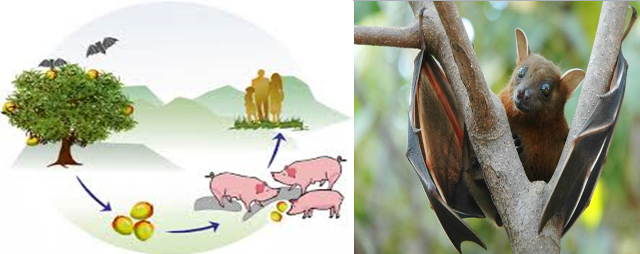HEALTH
Nipah Virus cases have been reported from Kerala and several people have died. Government initiated action is significant to address the issue.
The New Leam Staff

Recently in Kerala due to the spreading of Nipah virus (NiV) 16 people have died and 25 are under critical care. The first case of the disease was found in Siliguri (West Bengal) in 2001 when 44 people died and 66 were affected, in April 2007 in Nadia about 10 people were affected and 5 died. According to the South-East Asia Organization Report (2001 -2012) 28o people have been affected and over 211 have died only in India and Bangladesh.
We have found that no major action is taken by government authorities to acknowledge the issue. The recent case of Kerala has led to the Indian medical association forming a team that will work on this disease and the National Disease Control Board has sent a team which will travel to virus affected areas.
WHO stated that the first patient of this virus was found in Kanupung, Malysia in 1998. The virus causes severe disease in both animals and humans. The natural host of the virus is fruit bats of the Pteropodidae family, Pteropus genus. Humans and animals became infected with NiV as a result of consuming date palm sap that has been contaminated by infected fruit bats. Human-to-human transmission has also been documented, including in a hospital setting in India.
The nation state must take adequate action to acknowledge and address this issue urgently so that more people are not affected by the disease. In India hospitals, clinics and healthcare must be made clean, hygiene, equipped with medicines and trained doctors. It is important that healthcare and awareness are taken to the masses and people are equipped to deal with the issues when they arise.
***













